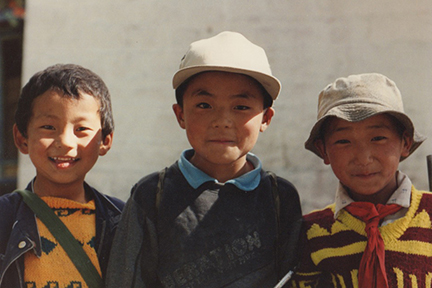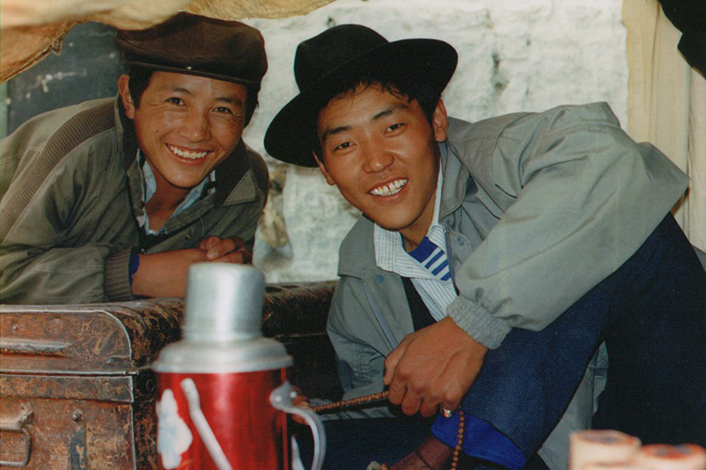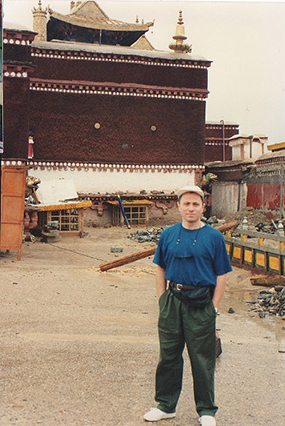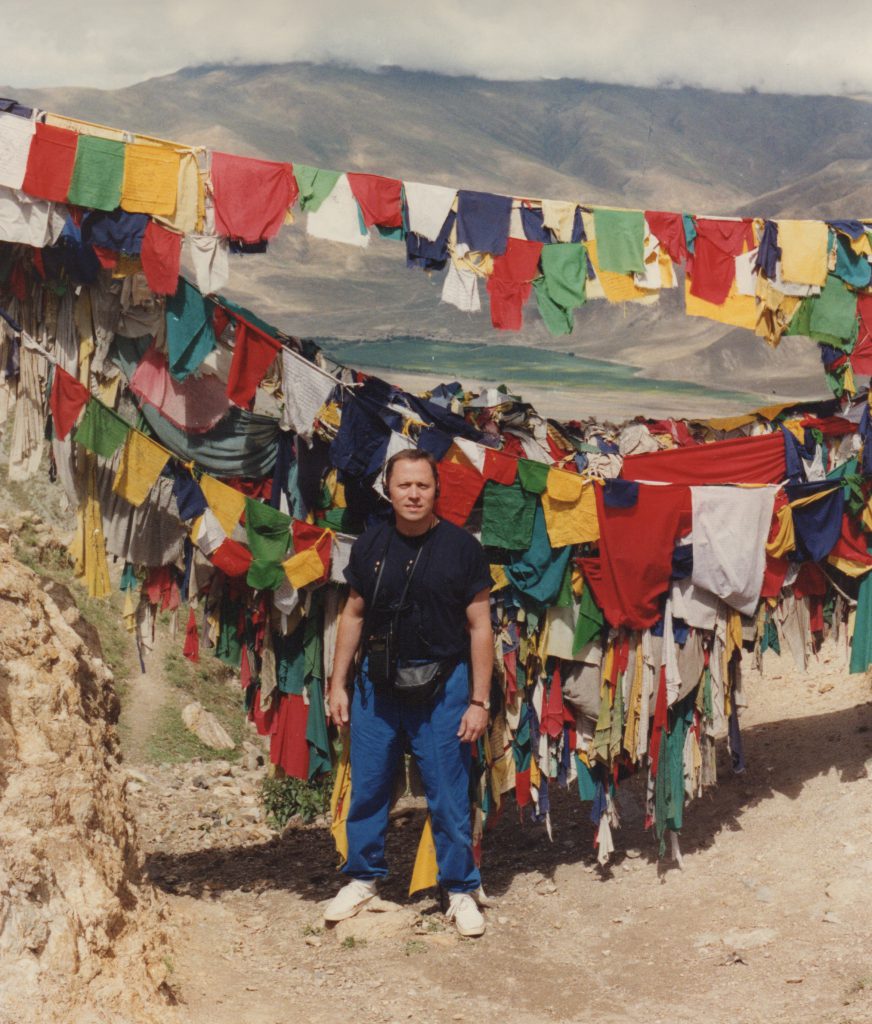Seven Days in Tibet
Traveling to Tibet had long been a dream of mine. Hollywood’s Shangri-La, depicted in Frank Capra’s film “Lost Horizon,” supplied my earliest images of Tibet. As a teenager in the ‘60s, the consciousness expansion movement fascinated me. Alan Watts’ radio broadcasts were also an important influence (he was my door to Zen). There was yoga, meditation, chanting, sensory deprivation tanks — you name it.
So, in 1991, three friends and I set out on our journey. The flight from Kathmandu to Lhasa, Tibet’s capital, took us over the Himalayas. We gawked at the beauty and majesty of Mt. Everest and K2 from windows in our old Air China Boeing 707.
For the next seven days, we took in the legendary city of Lhasa, including the two residences of the Dalai Lama before he was exiled to India: The Potala Palace and his summer residence of Norbulinka. We joined the crowds of Tibetan pilgrims at the Barkhor bazaar and the Jokhang temple. We visited several of the surrounding monasteries including Sera, Drepung and Ganden. Everywhere we went, we were welcomed by friendly Tibetans.
It was gut-wrenching to see the devastation that occurred at the hands of the Chinese Red Guards during the so-called Cultural Revolution. Mortar shells toppled the walls of building after building, shattering centuries-old icons and religious artwork. Paintings had been defaced or destroyed. The destruction of Tibetan culture and subjugation of the Tibetan people continues to this day with no sign of abating.
Visiting the Potala Palace was a high point. It is a spectacular structure dating back to the seventh century. The Potala appears to be growing out of a mountain, sitting like a crown atop Marpori peak. Frank Lloyd Wright kept a photo of this architectural wonder on the wall of his study as inspiration.









